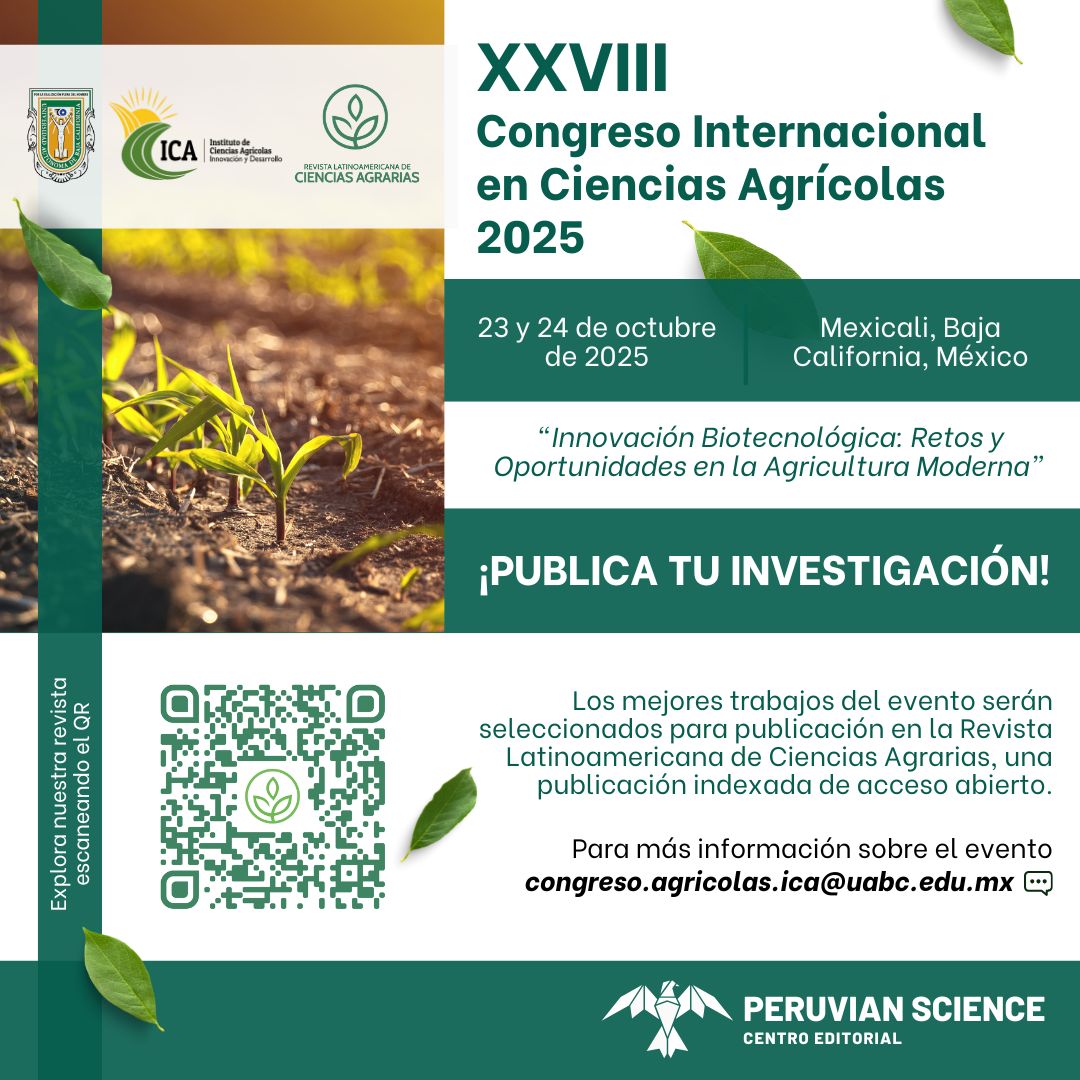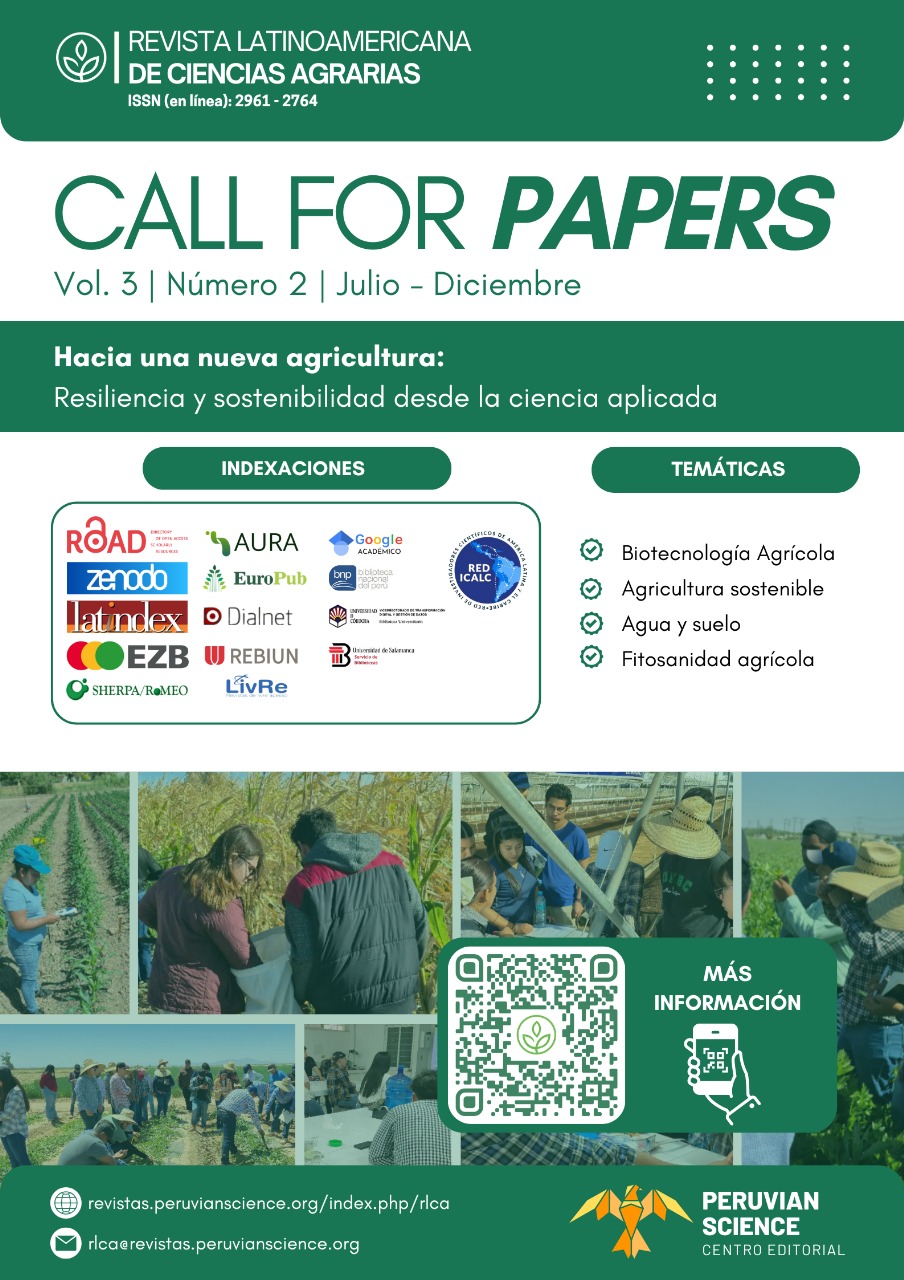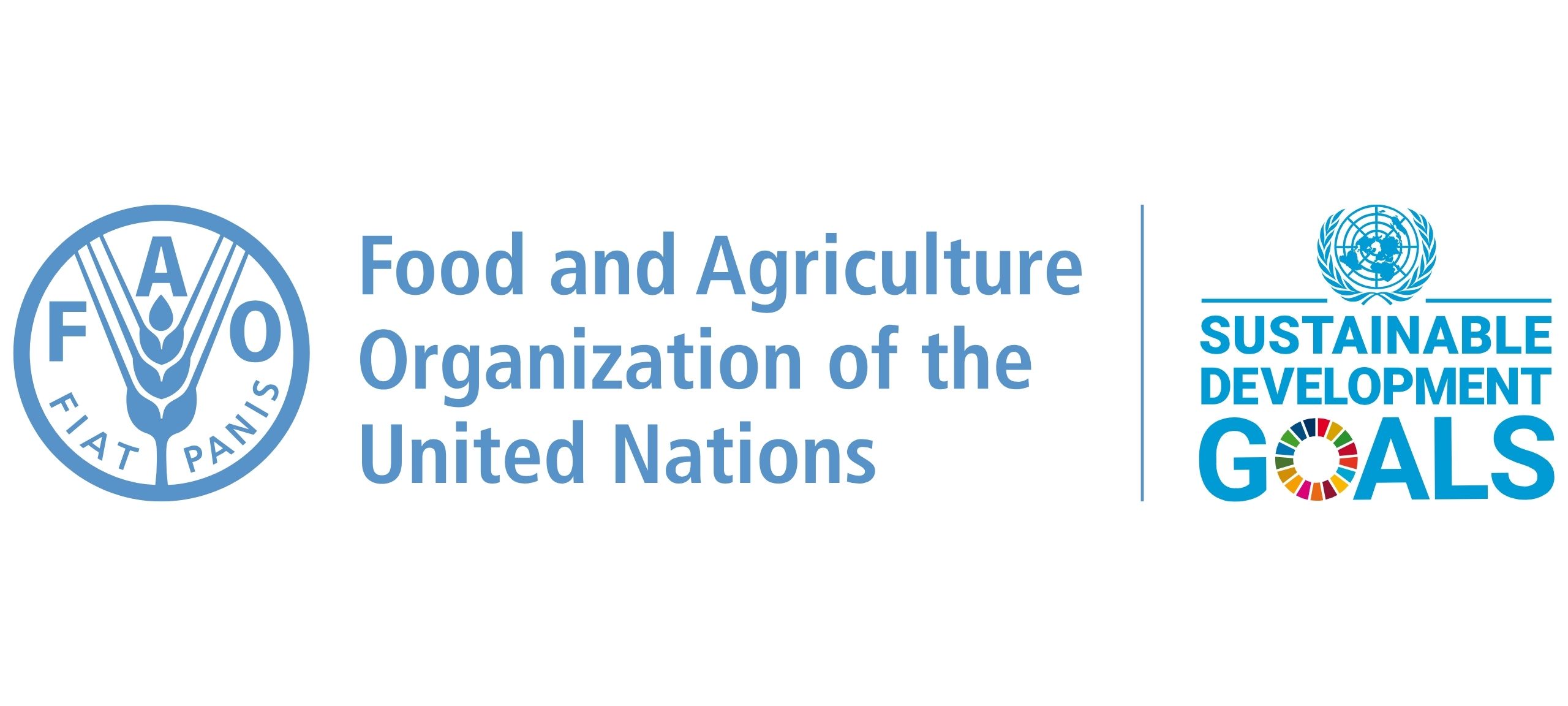Efectos de microorganismos eficientes en el enraizamiento y desarrollo vegetativo de cladodios de pitahaya (Hylocereus undatus)
DOI:
https://doi.org/10.5281/zenodo.11166322Palabras clave:
microorganismos eficientes, enraizamiento, desarrollo vegetativo, pitahayaResumen
La principal forma de propagar la pitahaya (Hylocereus undatus) es de manera vegetativa, por lo que es importante la calidad del material utilizado, ya que de ello depende el resto del proceso productivo. En los objetivos se consideró determinar los efectos de tres dosis de microorganismos eficientes en el enraizamiento y desarrollo vegetativo de cladodios de pitahaya (Hylocereus undatus). Las evaluaciones se realizaron en unidades experimentales homogéneas, con 48 cladodios de pitahaya de 30 cm. Los factores de estudio fueron los microorganismos eficientes en dosis de 25 ml/L, 50 ml/L y 75 ml/L. Los resultados evidenciaron que la aplicación de microorganismos eficientes influyó significativamente en la longitud de brote, peso fresco y peso seco de brote, así como en la longitud de raíz, peso fresco y peso seco de raíz, logrando incrementar sus valores con la aplicación de 75 ml/L de microorganismos eficientes (T3).
Descargas
Citas
Alarcon, J., Recharte, D., Yanqui, F., Moreno, S., & Buendía, M. (2020). Fertilizar con microorganismos eficientes autóctonos tiene efecto positivo en la fenología, biomasa y producción de tomate (Lycopersicum esculentum Mill). Scientia Agropecuaria, 11(1), 67- 73. https://doi.org/10.17268/sci.agropecu.2020.01.08
Banerjee, S., Palit, R., Sengupta, C., & Standing, D. (2010). Stress induced phosphate solubilization by Arthrobacter sp. and Bacillus sp. isolated from tomato rhizosphere. Australian Journal of crop science, 4(6), 378-383.
Calero, A., Pérez, Y., Quintero, E., Olivera, D., & Peña, K. (2019). Efecto de la aplicación asociada entre Rhizobium leguminosarum y microorganismos eficientes sobre la producción del fríjol común. Ciencia y Tecnología Agropecuaria, 20(2), 295-308. https://doi.org/10.21930/rcta.vol20_num2_art:1460
Costa, D., Pio, R., Scarpare, J., Neubern, M., Paes, L., Dias, T., & Bakker, S. (2006). Propagation of red pitaya (Hylocereus undatus) by cuttings. Ciencia e Agrotecnología, 30(6), 1106-1109. https://doi.org/10.1590/s1413-70542006000600009
Cuellar, L., Morales, E., & Trevino, J. (2006). La germinación in vitro una alternativa para obtener explantes en Cactáceas. Zonas Áridas, 10, 129-133. http://www.lamolina.edu.pe/CIZA/PDFs/ZA10%20%20FINALweb.pdf#page=129
Enciso, T., Zazueta, M., Rangel, M., Torres, J., Romero, M., & Verdugo, S. (2011). Calidad postcosecha de frutos de pitahaya (Hylocereus undatus Haw.) cosechados en tres estados de madurez. Revista Fitotecnia Mexicana, 34(1), 63-72.
Garbanzo, G., Vega, E., Rodríguez, J., Urbina, C., Lázaro, W., Alvarado, K., Barrientos, R., Duarte, K., Mora, J., Trujillo, V., & Rojas, J. (2021). Evaluación de tamaño de cladodios y bio-estimulantes de enraizamiento para la propagación de pitahaya. Agronomía Costarricense, 45(2), 29-40. https://doi.org/10.15517/RAC.V45I2.47765
Hoyos, D., Alvis, N., Jabib, L., Garcés, M., Pérez, D., & Mattar, S. (2008). Utilidad de los microorganismos eficaces (em®) en una explotación avícola de córdoba: Parámetros productivos y control ambiental. Revista MVZ Córdoba, 13(2), 1369- 1379. https://doi.org/10.21897/rmvz.397
Kishore, K. (2016). Phenological growth stages of dragon fruit (Hylocereus undatus) according to the extended BBCH-scale. Scientia Horticulturae, 213, 294-302. https://doi.org/10.1016/j.scienta.2016.10.047
Monge, J., Loría, M., y Oreamuno, P. (2022). Efecto de un biol en las características del suelo y la producción de brotes en pitahaya (Hylocereus sp.). UNED Research Journal, 14(1), e3836-e3836. https://doi.org/10.22458/URJ.V14I1.3836
Montesinos, J., Rodríguez, L., Ortíz, R., Fonseca, M., Ruíz, G., y Guevara, F. (2015). Pitahaya (Hylocereus spp.) un recurso fitogenético con historia y futuro para el trópico seco mexicano. Cultivos Tropicales, 36, 67-76. http://scielo.sld.cu/scielo.php?script=sci_arttext&pid=S0258-59362015000500007
Morocho, M., & Leiva, M. (2019). Microorganismos efcientes, propiedades funcionales y aplicaciones agrícolas. Centro agrícola, 46(2), 93-103.
Ruiz, J. (2021). Comparación productiva del cultivo de pitahaya (Hylocereus undatus) a la aplicación de microorganismos de montaña y microoganismos eficientes en el recinto de Cerecita - Guayas [Tesis de licenciatura, Universidad Agraria del Ecuador]. Repositorio institucional de la Universidad Agraria del Ecuador. https://cia.uagraria.edu.ec/Archivos/RUIZLOYOLAJOSSELYN.pdf
Satyaprakash, M., Nikitha, T., Reddi, E. U. B., Sadhana, B., & Satya, S. (2017). Phosphorous and phosphate solubilising bacteria and their role in plant nutrition. International Journal of Current Microbiology and Applied Sciences, 6(4), 2133-2144. https://doi.org/10.20546/ijcmas.2017.604.251
Vargas, K. y López, R. (2020). Guía Técnica del cultivo de pitahaya (Hylocereus megalanthus) en la región Amazonas. http://repositorio.inia.gob.pe/handle/inia/1052
Vargas, Y., Pico, J., Díaz, A., Sotomayor, D., Burbano, A., Caicedo, C., Paredes, N., Congo, C., Tinoco, L., Bastidas, S., Chuquimarca, J., Macas, J., & Viera, W. (2020). Manual del Cultivo de Pitahaya para la Amazonía Ecuatoriana. Instituto Nacional de Investigaciones Agropecuarias (INIAP). https://repositorio.iniap.gob.ec/handle/41000/5551
Verona, A., Urcia, J., y Paucar, L. M. (2020). Pitahaya (Hylocereus spp.): Cultivo, características fisicoquímicas, composición nutricional y compuestos bioactivos. Scientia Agropecuaria, 11(3), 439-453. https://doi.org/10.17268/SCI.AGROPECU.2020.03.16
Warusavitharana, A., Peiris, K., Wickramatilake, K., Ekanayake, A., Hettiarachchi, H., & Bamunuarachchi, J. (2017). Performance of dragon fruit (Hylocerus undatus) in the low country wet zone (LCWZ) of Sri Lanka. ISHS Acta Horticulturae, 1178, 31-34. https://doi.org/10.17660/ACTAHORTIC.2017.1178.5
Zafar, M., Abbasi, M. K., Khan, M. A., Khaliq, A., Sultan, T., & Aslam, M. (2012). Effect of Plant Growth-Promoting Rhizobacteria on Growth, Nodulation and Nutrient Accumulation of Lentil Under Controlled Conditions. Pedosphere, 22(6), 848-859. https://doi.org/10.1016/S1002-0160(12)60071-X
Publicado
Cómo citar
Número
Sección
Licencia
Derechos de autor 2023 Revista Latinoamericana de Ciencias Agrarias - RLCA

Esta obra está bajo una licencia internacional Creative Commons Atribución-NoComercial-SinDerivadas 4.0.
La Revista Latinoamericana de Ciencias Agrarias (ISSN en linea: 2961-2764) aplica la licencia Creative Commons Attribution (CC BY) a los artículos y otros trabajos que publicamos. Por lo tanto, cada manuscrito enviado para que la revista lo publique será procesado bajo la licencia CC BY. Esto significa que el autor del manuscrito retiene el copyright de sus documentos publicados y, al mismo tiempo, acepta que cualquier persona puede reutilizar su artículo en su totalidad o en parte para cualquier propósito, de forma gratuita, incluso con fines comerciales. El uso de esta licencia se condice con la política de acceso abierta de la revista, dado que esta es la licencia más abierta considerada "el estándar de oro" del open access.






















